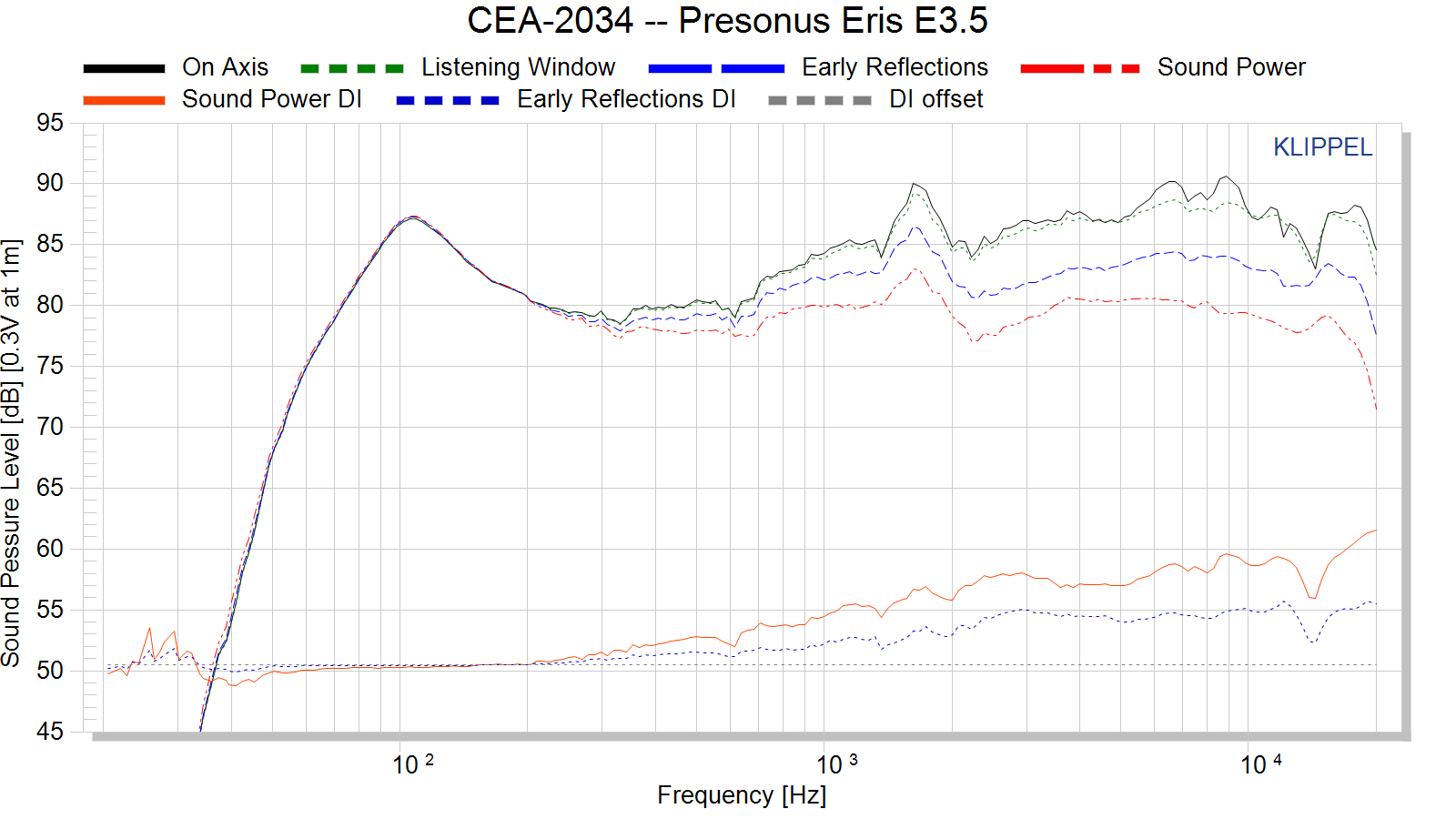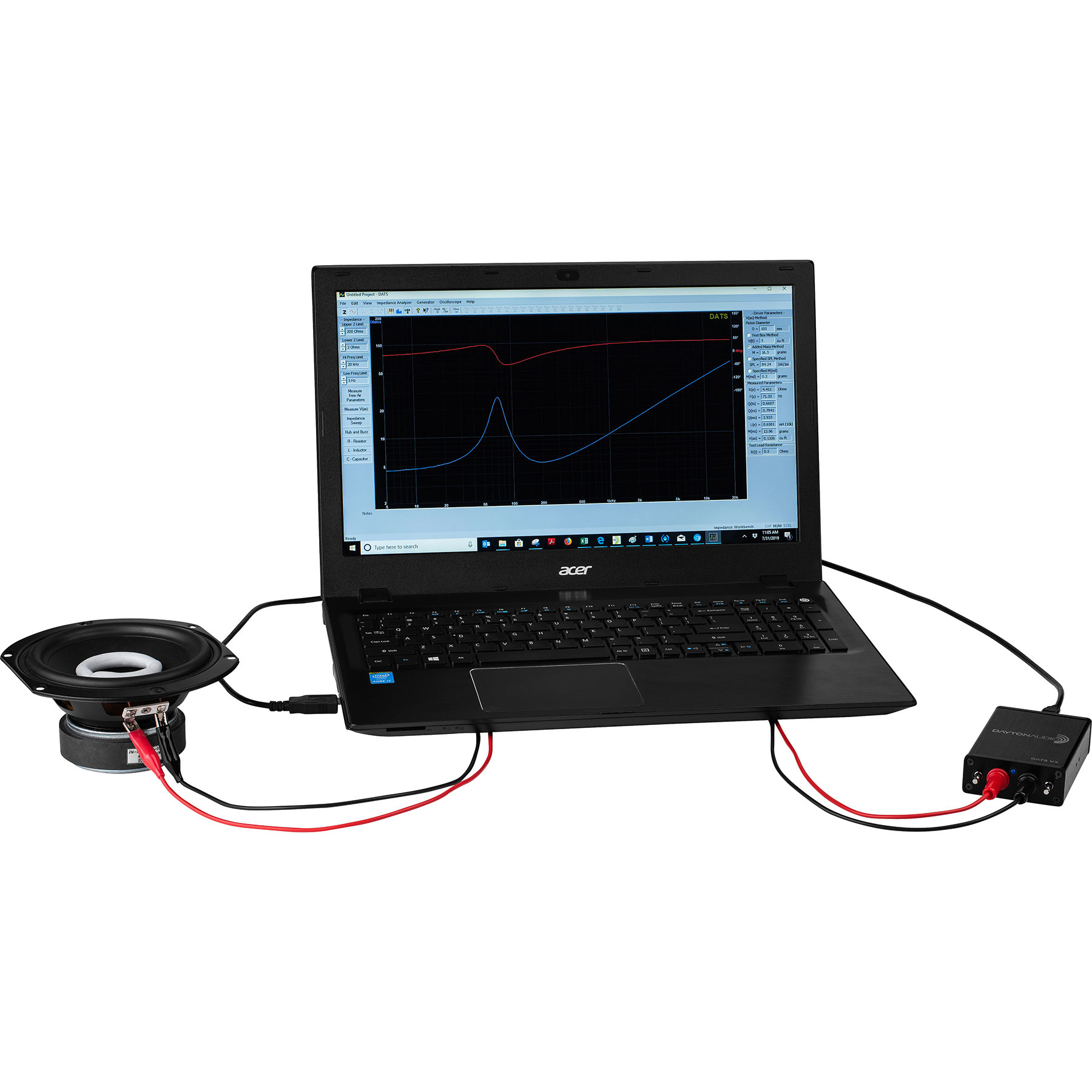DSJR
Major Contributor
Linn and Naim was always regarded by our service engineers as very expensive for what was inside.Was Linn reasonably priced a few decades ago ? Their latest offerings are very expensive.
A true UK story follows and this set the scene for their ludicrously high pricing now - In the early to mid 80's, we being one of the three largest Linn and Naim dealers in the UK at the time, had a number of 'foreigners here on holiday' wanting to buy the gear and take it back to their home countries. Worst of all were European types who were bypassing the local distributors and said distributors started to complain. Letters were sent out reading 'us' the riot act and in Linn's case, not even LP12 update kits were exempt!
So, what to do? As of '85 to '87 or so, the price lists of both Linn and Naim began to have huge increases way over inflation and I think over three years the retail prices od Linn's products increased by around 25%. Naim (and maybe Linn too) continued to have automatic price rises inline with inflation every April 1st (surely not coincidence) for decades after and of course with both makes, a new model was almost always far more expensive than the unit which preceded it, despite prices of components falling as I understood it to be. The reputation of said brands kept the sales going and by the time that vinyl 'died' as a mainstream format in the late 80's, both makes had digital sources (Naim) and electronics with digital on the way (Linn). Things were moving fast with domestic audio here and I was still young enough to regard a year as quite a long time lived. I have to whinge at the Akito tonearm, which started life at around two hundred quid in the late 80's or thereabouts and finished off at nearly SIXTEEN HUNDRED a couple of years ago, albeit supposedly made with better materials than the 'plasticine' originals, the pillars of which being easily crushed (by us ignorant dealers taught to overtighten everything) which knackered the bearings...
Linn didn't really enter the high end 'B&O Catchment' market with solidly milled-out ally cases and so on until the mid noughties by which time I'd left the retail side of the industry. their speakers began to have the tweeter 'array' and the CD12 player had just come out (whatever happened to that £12,000 product and can you get one serviced?).
The above are memories of my experience in the UK scene of course and hopefully reasonably factual. The Linn guys told me in 1987 how bad vinyl was (although their crap was better than everyone else's crap in their opinion) and proved it to me too!!! - But obviously they've improved their vinyl source no end (they really have) with extremely lucrative upgrades every few years to keep the largely now retired but 'comfortably off' faithful on board.
Apologies for going so far off topic. GR Research has little to no presence here apart from Youtube as far as I know.
Last edited:



